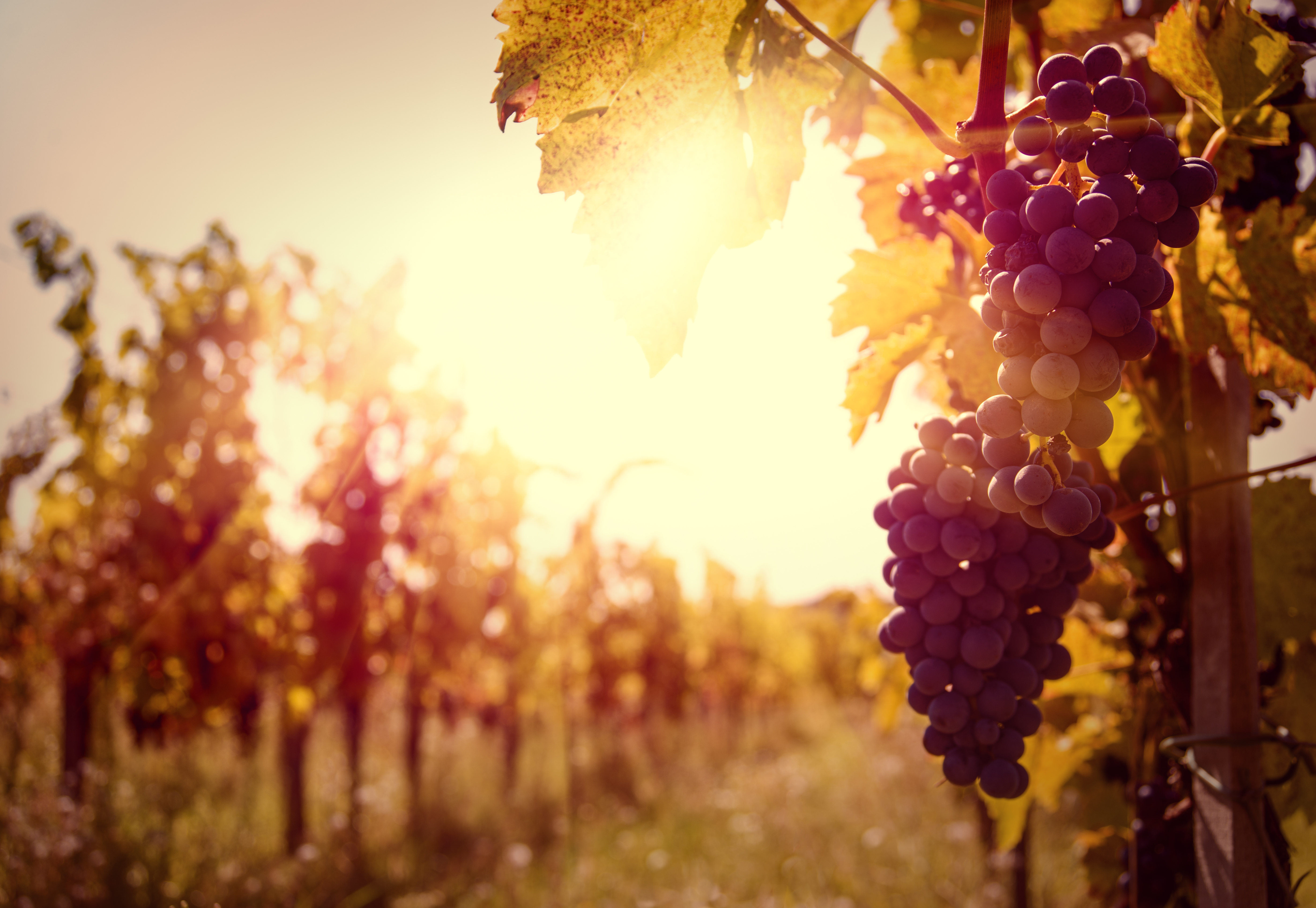Single-Vineyard Wine.
The highlight of a site’s terroir, climate, and soils, on full display in the truest expression, carried only by the finest fruit to deliver the sum total of what that one unique place on the planet Earth has to offer. No other place on the planet will have the same grapes taste exactly the same as this one site does.
Absolute beauty. Nothing is more “artisanal” or “local” or just choose your hot-word (in a number of cases, the vineyards can add “organic” “biodynamic” or “sustainable” too).
But with the AVA laws, you actually only need 95% of your fruit to be considered a single-vineyard. Not 100%.
Wait what!? All that poetry of expression and location was for nothing!?
It may have been a bit of an embellishment for California winemaking standards. In California, to have a single-vineyard or ranch listed on your label, you only need 95% to actually be from the listed site. The single-vineyard does not need to be owned by the winemaker. Because of this, the single-vineyard wines do not classify as estate wine, unless of course, the winery owns the vineyard site itself.
If you have ever had the chance to do a winemaking class at a local winery, you would understand very well how much 5% makes a difference in a wine. If you have not had this luxury or your life and available time doesn’t allow you to do so, you can do this little experiment at home. Pour yourself a glass of wine. Taste it a few times to get a sense of the wine on the palate and through your olfactory pathways. Take a look at the remainder of wine in your glass. Gauge what you best think 5% of the volume is of what is in your glass and splash in a completely different wine, just a touch. Maybe you have a glass of Cab and you splash in some Merlot or Syrah, honestly, whatever you have open just to see how much your glass of Cab changes with a 5% shift. Hell, if you really want to see how much 5% can make a difference, use a white wine and splash in some red, or red and splash in some white. The results are eye opening, albeit under these circumstances, admittedly less than scientific.
So what does this all mean?
It is very important to find out (when you can) if it is 100% of the listed vineyard or ranch site if you want that unique global site experience we mentioned earlier. And honestly, if it isn’t 100% and hyper-local, but it’s damn good, then who really cares, right? It’s wise nonetheless to be mindful that not all “single-vineyard” wines are actually, wholeheartedly, truly, from a single vineyard.
We’ve mentioned this point in the past, and this may be a good time to reiterate it: on this blog, we promised to pull the curtain back and give you a behind the scenes look at the wine industry and how it ticks, and this is another great example of our dedication to education, honesty, and clarity to help y’all become better and more informed consumers.
Understanding AVA Series:

